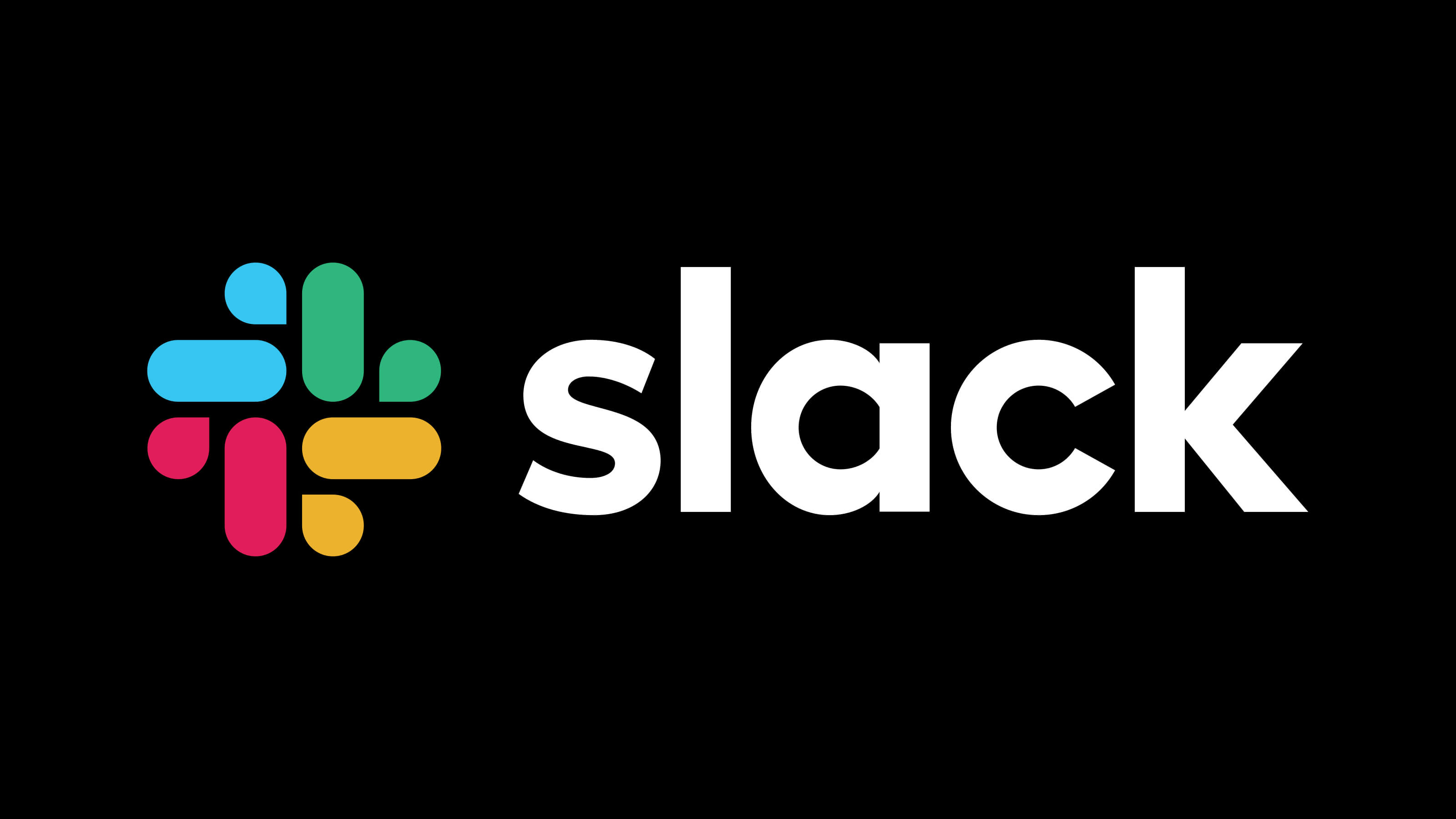How to Get a Software Engineering Internship at Slack
The Ultimate Guide to Landing and Thriving in a Slack Software Engineering Internship
If you're a rising software engineering star searching for an internship that will skyrocket your skills and immerse you in an innovative, fast-paced environment, look no further than Slack. As a global leader in business communication and collaboration, Slack offers an incredible internship program that empowers students to make a real impact, work with cutting-edge technologies, and learn from brilliant mentors in an inclusive, engaging culture. In this ultimate guide, we'll walk you through everything you need to know to not just land a coveted spot in Slack's software engineering internship, but to make the absolute most of the experience - from acing the interview to delivering wow-worthy work to leveraging your internship for future success. By the end, you'll be ready to shine as a Slack software engineering intern.
Why Intern at Slack?
Slack is so much more than a messaging app - it's a platform that is revolutionizing how teams work together in every industry. As a software engineering intern at Slack, you'll have the chance to:
Tackle challenging, impactful projects that process billions of events and serve millions of users
Learn from and collaborate with world-class engineers, product managers, and designers
Get exposed to a wide tech stack, from React and JavaScript to Java, Go, and more
Contribute your ideas to innovative features and pioneer new technologies
Experience a culture that champions diversity, inclusion, belonging, and doing the right thing
Earn a competitive salary (around $8,500/month on average) plus awesome perks like housing stipends
Attend fun events, learning workshops, speaker series, and team offsites
Set yourself up to potentially return full-time and jumpstart your career
Past Slack software engineering interns have shipped major product features, built internal tools and automation, optimized systems to increase reliability and performance, and lots more. Whatever team you join, you'll be working on projects that matter alongside the best and brightest in the business.
For example, one intern on the Mobile Developer Experience team created an IntelliJ plugin named Skate to help Android developers at Slack stay up-to-date with the latest changes and announcements right in their IDE. They implemented a changelog parsing feature to show a "What's New" panel. The intern got to contribute to open source for the first time while building this, and since it was named after them, their contribution will be remembered. By the end of 12 weeks, interns emerge as key contributors with impressive accomplishments to highlight.
Another intern worked on the Foundations team to create a service that generates device capability profiles to optimize notifications across desktop, web and mobile clients. They built a standalone service in Go, integrated it with internal systems using Kafka and protocol buffers, and saw it rolled out to improve real-time sync for millions of users.
What Slack Looks For in Software Engineering Interns
Slack welcomes interns from diverse backgrounds, but here are some qualities that will help you stand out:
Passion for crafting quality code and eagerness to learn new technologies
Experience with languages like Java, Python, JavaScript/TypeScript, Go, or C++
Knowledge of data structures, algorithms, and software design principles
Strong communication and collaboration skills to work effectively on a team
Drive to take ownership, ask great questions, and see projects through
Alignment with Slack's values like empathy, craftsmanship, playfulness, and thriving
While having previous internships or specific technical skills can boost your odds, Slack values grit, growth mindset and "talent over tenure." Showcase projects where you've pushed yourself to learn, built something cool, and made your unique mark.
Acing the Internship Interview
Slack's interview process for software engineering interns typically consists of an initial recruiter phone screen, a technical phone interview, and a virtual onsite. The onsite interview includes 3-4 technical rounds focused on coding, system design, and discussing your past projects and experiences.
Here is an overview of common question types and example questions from real Slack intern interviews:
Coding and Algorithms
Given a binary tree, traverse it in-order and print the values
Implement a queue using two stacks
Convert a number to its word representation (e.g. 123 -> "one hundred twenty three")
Find the max value at each level of a binary tree
Determine if two linked lists intersect and return the intersecting node
Merge k sorted arrays
Practice a range of data structures and algorithms questions, especially those related to trees, linked lists, graphs, and searching/sorting. Use a whiteboard or collaborative code editor to walk through your approach. Discuss optimizations and tradeoffs.
System Design
Design a notification system that sends push notifications to mobile devices
Architect a message search service that can handle Slack's scale
Discuss how you would handle real-time messaging and presence
Focus on breaking down the problem, identifying key components, and designing interfaces. Talk through your design choices and be ready to adjust based on follow-up questions. Draw diagrams to illustrate your architecture.
Behavioral and Experience
Tell me about a challenging project you worked on
Describe a time you had to influence or persuade others
What is your approach to working in a team?
Why are you interested in Slack and this role specifically?
Prepare several examples of projects or experiences demonstrating your technical abilities, leadership, collaboration, and interest in Slack. Use the STAR method to concisely convey the situation, task, action and result. Emphasize what you learned.
The behavioral interview digs deep into who you are, how you think, and what you value. Slack looks for humble, empathetic, and growth-oriented individuals who are passionate about the product and mission. Expect questions to assess your alignment with Slack's values, ability to give and receive feedback, and approach to working with diverse teammates. Share what motivates you about Slack beyond just the technical challenges.
Across all interviews, focus on clear communication, asking clarifying questions, and demonstrating curiosity and enthusiasm. Slack cares as much about how you work as what you know. Remember they want to get to know the real you, so relax and let your personality shine.
Making the Most of Your Slack Internship
You earned your spot - now it's time to make the coming 12 weeks amazing. Some pro tips:
Set goals with your manager early on - what do you want to learn and achieve?
Embrace tasks outside your comfort zone to stretch your skills - say yes to opportunities!
Write clean, tested, well-documented code and ask for feedback to keep improving
Participate fully in team rituals like stand-ups and code reviews to stay in the loop
Get to know your fellow interns and colleagues through chats, social events, ERGs
Leverage Slack's learning stipend for books, courses, or conferences to accelerate your growth
Share your work and learnings with your team and the broader intern/Slack community
Clarify expectations for a successful internship so you can aim for a return offer
Don't forget to enjoy the ride - explore the city, make new friends, geek out over the latest Slack features. The internship will fly by but the memories, relationships and skills you build will last far beyond.
From Intern to Dream Job: Leveraging Your Experience
Whether you boomerang back to Slack or springboard to another top tech company, your software engineering internship will open many doors. You'll come away with:
A robust portfolio of projects that demonstrate your technical and professional chops
Glowing references from your manager and team to vouch for your potential
A tight network of fellow interns and Slack employees to tap for future opportunities
Confidence that you can excel in a fast-paced, high-performing engineering culture
Improved communication, collaboration and leadership skills to thrive in any environment
Hopefully a full-time offer to return to Slack when you graduate!
Start thinking ahead to how you'll tell the story of your Slack internship in future interviews, on your resume, to your classmates and professors. Reflect on the challenges you faced, the triumphs you had, the lessons you learned. Those experiences and accomplishments will be the fuel that powers your career long after you leave Slack's shiny offices.
Key Takeaways
Landing and thriving in a Slack software engineering internship takes determination, passion and a commitment to continuous learning. In summary:
Slack offers paid, autonomous internships tackling high-impact projects on small teams
Strong candidates have solid CS fundamentals, collaboration skills, and Slack value alignment
The interview process tests coding skills, system design, and behavioral fit through technical screens and virtual onsites
Successful interns take ownership, ask for help and feedback, and engage with the Slack community
The internship provides a launchpad to incredible career opportunities in tech
Ready to shoot for the stars as a software engineering intern at Slack? The opportunity is yours to seize. Bring your curiosity, coding chops, and commitment to crafting your best work, and there's no limit to what you can achieve in your 12 weeks at Slack. This is your moment - let's get after it!




